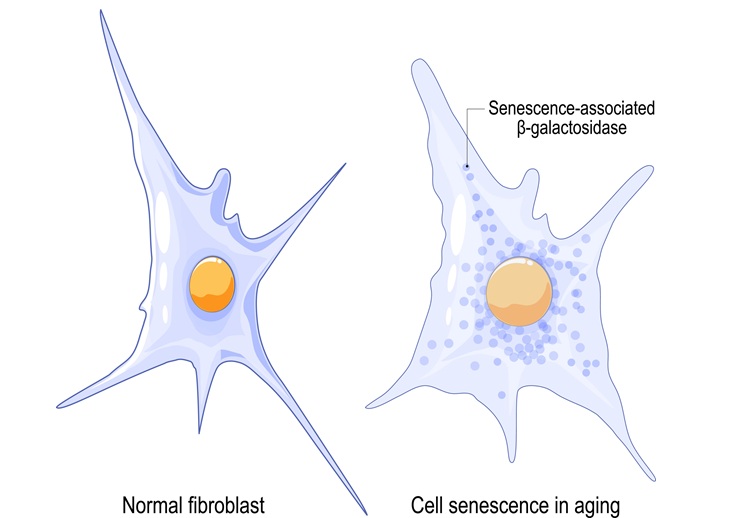AI-Assisted Technique Tracks Cells Damaged from Injury, Aging and Disease
Posted on 08 Jul 2025
Senescent cells, which stop growing and reproducing due to injury, aging, or disease, play a critical role in wound repair and aging-related diseases like cancer and heart disease. These cells, however, contribute to tissue degeneration over time, and tracking them can provide valuable insights into how tissues lose their regenerative capabilities and how these cells fuel disease progression. Existing methods for detecting and analyzing senescent cells are difficult to use and lack the precision required for real-time monitoring in living cells. To address this gap, researchers have developed a tool that uses artificial intelligence (AI) and high-resolution imaging to track senescent cells, providing a more accurate way to study their role in aging and disease.
The solution, called the Nuclear Morphometric Pipeline (NMP), was developed by researchers from NYU Langone Health (New York, NY, USA). The NMP uses AI analysis to examine changes in the physical characteristics of the nucleus, such as its shape and density, which correlate with the degree of cellular senescence. The tool was trained to analyze animal cells subjected to increasing chemical concentrations to replicate human aging. The researchers used this AI model to monitor the nucleus’s expanded shape, denser foci, and lighter genetic staining, which are indicative of senescent cells. The NMP produces a single score to quantify senescence across different cell types and stages of age.

The NMP was validated through testing on cells from young and older mice, including injured muscle tissue and cartilage cells. The NMP accurately tracked the presence of senescent cells and distinguished between healthy and diseased tissues, such as cartilage in geriatric mice with osteoarthritis. These results, published in Nature Communications, confirmed the tool’s effectiveness in distinguishing senescent cells in various tissues and ages. The NMP could be used to explore the role of senescence in aging, tissue repair, and disease. Researchers plan to apply the NMP to human tissues and combine it with other biomarkers to develop therapies targeting senescence and its detrimental effects.
“Our study demonstrates that specific nuclear morphometrics can serve as a reliable tool for identifying and tracking senescent cells, which we believe is key to future research and understanding of tissue regeneration, aging, and progressive disease,” said Dr. Michael Wosczyna, Assistant Professor, Department of Orthopedic Surgery, NYU Grossman School of Medicine.
Related Links:
NYU Langone Health














